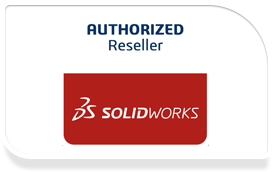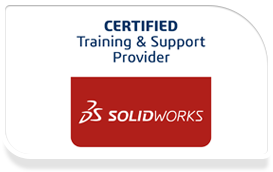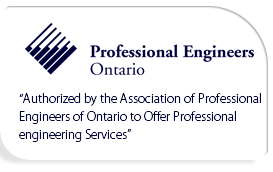SOLIDWORKS Plastics Training Course
Course Description: The SOLIDWORKS Plastics course teaches you how to use specialized simulation software tools to predict how melted plastic flows during the injection molding process. Predicting how the plastic will flow enables you to predict manufacturing defects such as weld lines, air traps, short shots, and sink marks. By predicting these defects, you can change the part or mold geometry, the processing conditions, or the plastic material itself to eliminate or minimize them, saving energy, material, time, and money. The SOLIDWORKS Plastics course covers all the features and functions of both SOLIDWORKS Plastics Professional (for part designers) and SOLIDWORKS Plastics Premium (for mold designers).
Course Length: 1 1/2 Days
Prerequisites: SOLIDWORKS Essentials and a fundamental knowledge of plastic materials, plastic part design, and/or injection mold design
Topics
Lesson 1: Basic Flow Analysis
- Basic Flow Analysis
- Stages in the Process
- Element Types
- Meshing
- The Plastics Manager Tree
- Input Options
- Gates
- Running a Flow Analysis
- Flow Results
Lesson 2: Detecting a Short Shot
- Detecting Short Shots
- Stages in the Process
- Fill Settings
- Flow Front Central Temperature
- Design Changes
- Simulations After Design Changes
- Exercise 2: Short Shots
Lesson 3:Automation Tools
- Automation Tools
- Stages in the Process
- Duplicate Study
- Copying Settings
- Batch Manager
- Summary and Report
- Exercise 3: Design Changes
Lesson 4: Injection Locations and Sink Marks
- Injection Locations and Sink Marks
- Stages in the Process
- Injection Location Rules
- Sink Marks
- Exercise 4: Minimizing Sink Marks (1)
- Exercise 5: Minimizing Sink Marks (2)
Lesson 5: Materials
- Material Properties
- Stages in the Process
- User-defined Database
- Resin Properties
- Temperature Properties
- Heat Transfer Properties
- Viscosity
- PVT Data
- Mechanical Properties
Lesson 6: Mesh Manipulation
- Mesh Manipulation
- Stages in the Process
- Local Refinement of Mesh
- Element Issues
- Mesh Editing
- Leader Lines
- Solid Mesh
- Solid Mesh Types
- Exercise 6: Mesh Repairs
Lesson 7: Detecting Air Traps
- Detecting Air Traps
- Stages in the Process
- Air Traps
- Switching Modes for Design Changes
- Design Changes
- Parts Created Using Mold Design Tool
Lesson 8: Gate Blush
- Gate Blushh
- Stages in the Processh
- Runner Elementsh
- Gate Blush
Lesson 9: Packing and Cooling Times
- Packing and Cooling
- Stages in the Process
- Multiple Injection Locations
- Exercise 9: Optimizing Cooling Time
Lesson 10: Using Inserts
- Using Inserts
- Stages in the Process
- Cavities and Inserts
- Materials for Inserts
Lesson 11: Multiple Cavity Molds
- Multiple Cavity Molds
- Stages in the Process
- Mirroring Cavities
- Sketching Runners
- Runner Design
- X-Y Plots >
Lesson 12: Symmetry Analysis
- Symmetry Analysis
- Stages in the Process
- Case Study1:
- Case Study2
- Symmetry Face
Lesson 13: Valve Gates and Hot Runners
- Valve Gates and Hot Runners
- Stages in the Process.
- Hot Runners
- Valve Gates
Lesson 14: Reaction Injection Molding
- Reaction Injection Molding
- Stages in the Process
- Reaction Injection Molding
Lesson 15: Using Inserts
- Using Inserts
- Stages in the Process
- Cavities and Inserts
- Materials for Inserts
Lesson 16: Multi Shot Mold
- Multi Shot Mold
- Stages in the Process
- Multi Shot Mold
Lesson 17: Gas Assistance Molding
- Using Inserts
- Stages in the Process
- Gas Assistance
Lesson 18: Cooling Analysis
- Cooling Analysis
- Stages in the Process
- Cooling
- Cooling Channels and Mold Bodies
- Coolant
- Mold
- Cool Settings
- Cooling Simulations
- Cool Analysis
- Cool Results
- Baffle
- Bubbler
- Exercise 12: Cooling Analysis
Lesson 19: Warpage Analysis
- Warpage Analysis
- Stages in the Process
- Shrinkage
- Warpage
- Warp Settings
- Warp Results
- Reducing and Fixing Warped Parts



